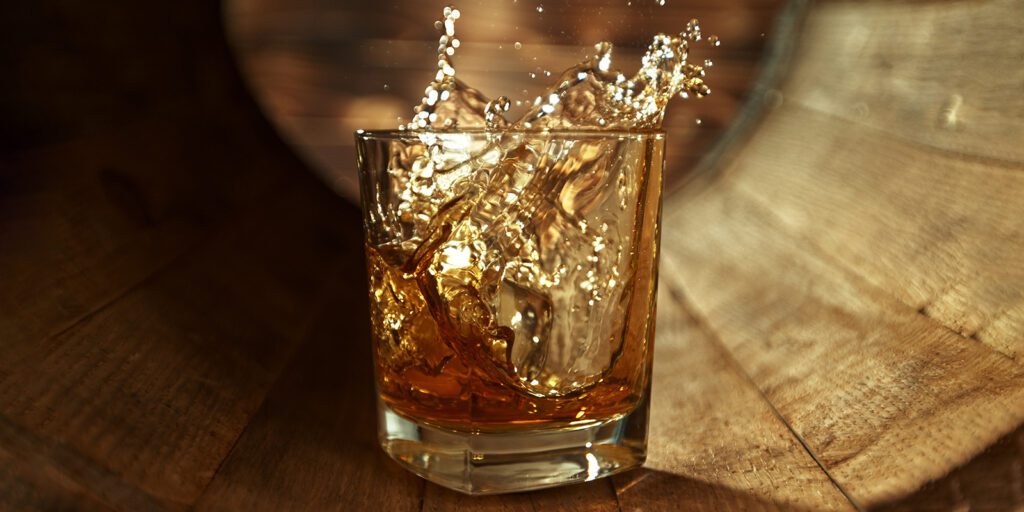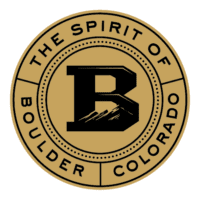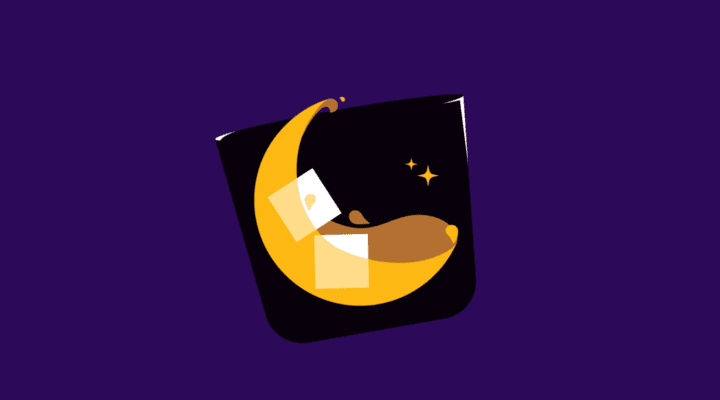Posted February 3, 2023
In Eugene O’Neill’s bittersweet elegy, A Moon for the Misbegotten, Jim and Josie share a bootlegged bottle of her father’s bonded bourbon in the moonlight. But what exactly is the big deal with a bourbon “bottled in bond?” The play is set 100 years ago when Prohibition was in effect for three years. And while many people could get their hands on homemade moonshine (like Phil’s “rotgut”), a bonded bourbon was a rare occasion.
JIM TYRONE: Real Bonded Bourbon. That’s my dish.
To understand what this is and how much it means for a bottle of whiskey to carry this nomenclature, a little bit of history must be spoken. First, the Bottled in Bond, or BIB, Act of 1897 was indeed an act of Congress. To make waves in Congress, something must have first been going on in the public. And what was going on was counterfeiting.

Most of the whiskey sold up until the 1880s was actually still in the barrel. One would take their vessel of choice to the market and fill it straight from a barrel the market keeper had purchased. Towards the end of the 19th century, the hot new technology to package something in was the glass bottle. Any new technology in its infancy is typically an avenue for some sort of imposters who could easily sell something marketed as ‘whiskey’ but were mostly snake oil and other fake cure-alls. There was so much counterfeit ‘whiskey’ on the market, something had to be done at the government level to intervene. Up to this point, ‘whiskey’ had yet to be defined to the consumer, it was merely a legacy term. But when it comes to revenue for Uncle Sam, anything that interferes with that becomes a top priority. In 1897, the Bottled In Bond Act was passed, stating that there would be rules to the word ‘whiskey.’ And there would be very specific rules to whiskey that were ruled safe by the government of the USA.
There was so much counterfeit ‘whiskey’ on the market, something had to be done at the government level to intervene.
How was it ruled safe? To be ruled BIB meant that the distillery that produced that whiskey met a certain standard. This was achieved by an industry-backed set of rules. Namely, the whiskey must be 4 years old, no less, no more. If it was to be older, it is to be the age stated with the year of distillation and the year of harvest or bottling. All BIB whiskeys are to be 100 proof or 50% abv. This is for the ease of tax collection. Round numbers. They also must be made by the distiller listed on the bottle. If a different distillery purchased that whiskey to be sold as a BIB, the original distillery’s DSP (distilled spirits plant license number) must also be stated on the label. Lastly, all the whiskey produced at the distillery was under a ‘bonded’ premises. Or, under government eyes. A government official was on site every day to ensure the operation’s honesty. At least in the early days. Until Prohibition, that is.

